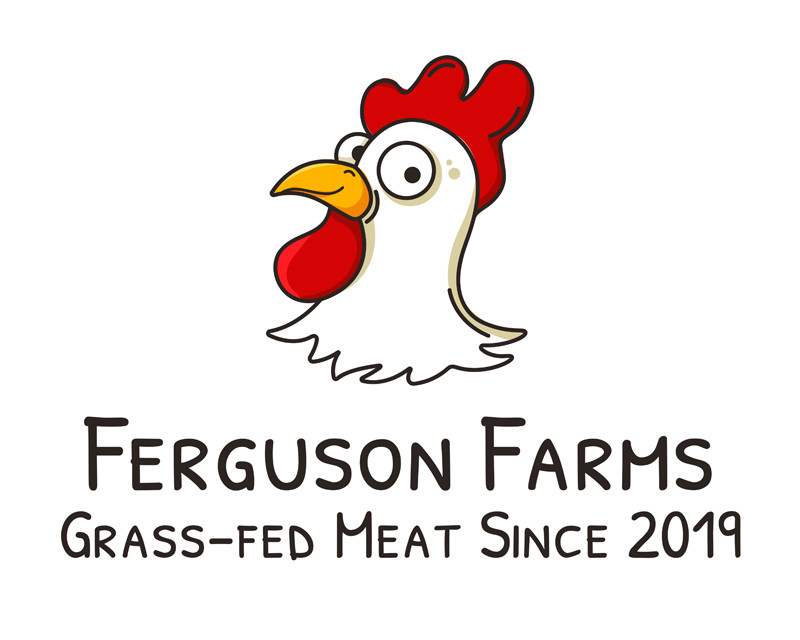T-Bone vs Porterhouse
posted on
August 2, 2021
The steakhouse favorite strip steak is on one side, and a succulent filet mignon is on the other, with the distinctive t-shaped bone running through the middle. The mighty porterhouse is a t-bone with a thicker cut and a much larger portion of tenderloin than a regular t-bone. Whether you choose a t-bone or a porterhouse, either cut is sure to satisfy your hearty steak craving.
Which is your favorite?





